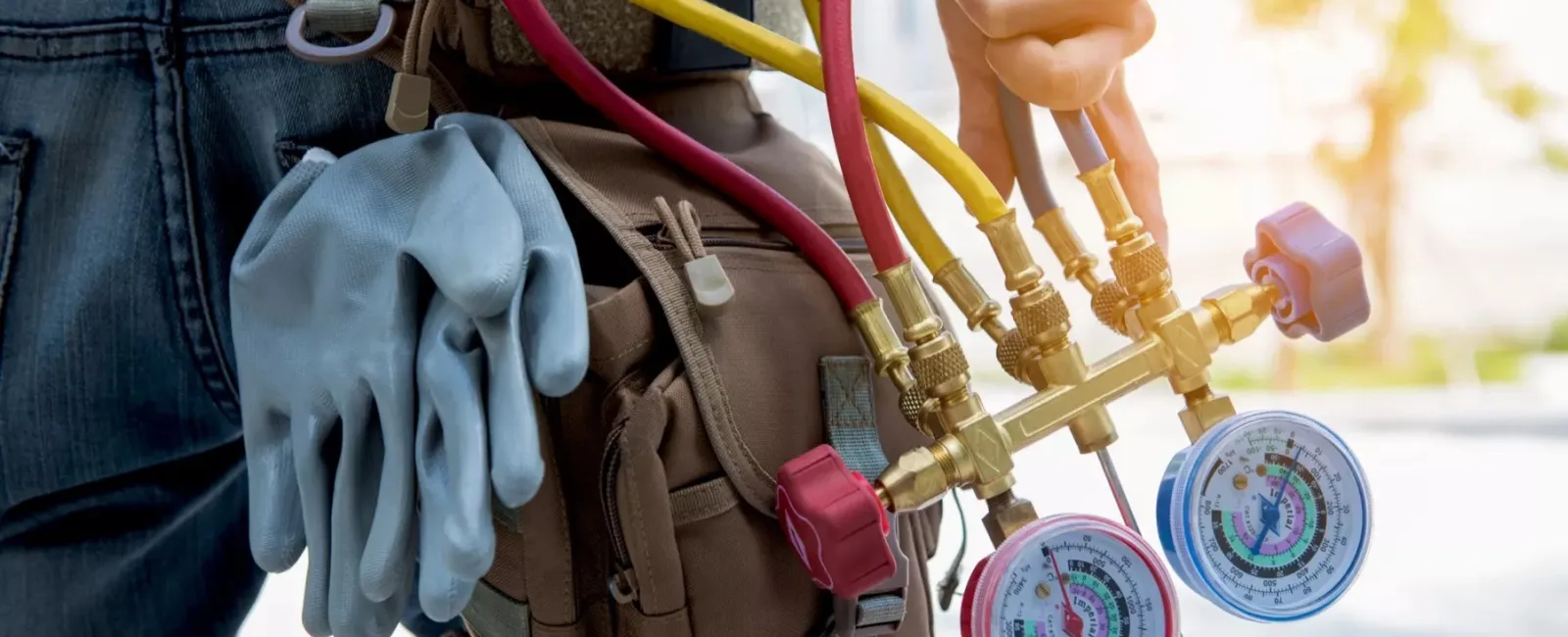Take a look beneath your kitchen sink and observe how instead of going straight down, the drain line features a U-shaped bend about halfway through. This is what we call the P-trap, and it's actually shaped like a "P" for a reason. This otherwise minor tweak in the piping design plays a very important role in your home's plumbing system. Without it, your house would immediately be filled with the pungent odors of everything washed down the drain.
Why You Should Be Thankful for P-traps
There is nothing like the stench of wet, old food to make you appreciate the trusty P-trap. Contrary to popular belief, the trap does not catch solid waste. Rather, it keeps a small pool of water inside the piping dip that forms a liquid plug that prevents odors from rising back out. So the one thing keeping your kitchen smelling fresh and clean is approximately four inches of water.
Mother Nature causes the plug to form on account of gravity, but of course every time you run the faucet, a new, clean supply will be set in place. Think back to a time when your house went unused for a few days or weeks. If you ever took a family vacation and came back to a house that smelled a bit rank, it was probably because the P-trap had dried out. A quick run of the kitchen faucet likely remedied the problem, but you never understood why.
Over time, P-traps can become clogged. Remember, this is not a separate section of the drain pipe. Everything that goes down the sink must first pass through the trap, so large chunks of food and debris may get lodged in the curvature. You will know if this happens because the water will start backing up inside the sink, at which point grabbing a plunger (specialty models are made for sinks) is the appropriate form of action. If this and/or a drain auger does not get rid of the clog, you know who to call!
Depending on the severity of the buildup, our Pittsburgh plumbers may need to disassemble and remove the P-trap to clean it out. For more information about our drain cleaning services, call or visit us online.

